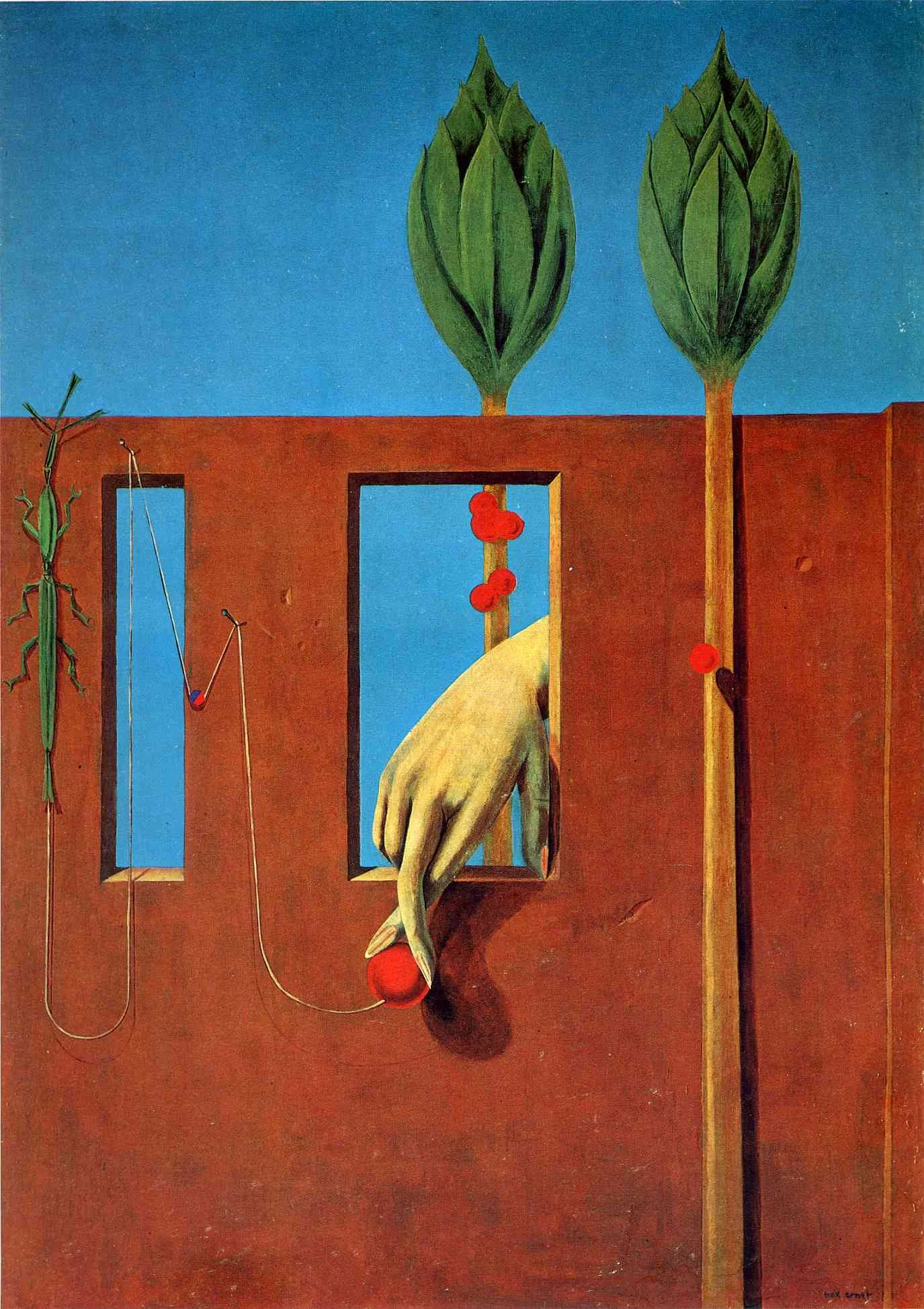Key Concepts and Terminology
“Its not the glue that makes the collage”- Max Ernest
Acrylic Medium: A type of synthetic binder used to create textures and fluidity when combined with pigments or paint. It can also be used as a sort of glue that is somewhat water resistant when dried. https://nancyreyner.com/2019/01/17/acrylic-mediums-gels-pastes-what-are-they/
Appliqué: The word “appliqué” comes from French meaning “applied, fastened to.” It’s the past participle of the verb “appliquér”, to apply. One dictionary definition of the word refers to “a decorative feature, as a sconce, applied to a surface.[1] New World Dictionary of the American Language states “a decoration or trimming made of one material attached by sewing, gluing, etc. to another.”[2] The word traveled with the French as they explored the world. William the Conquer probably brought it to England in 1066; Napoleon took it to Egypt where appliquéing a design on tents was a long-established custom. https://theappliquesociety.org/A-Brief-History-of-Applique (Connotes Fabric to fabric)
Collage: “Collage describes both the technique and the resulting work of art in which pieces of paper, photographs, fabric and other ephemera are arranged and stuck down onto a supporting surface”. https://www.tate.org.uk/art/art-terms/c/collage. https://magazine.artland.com/the-history-of-collage-art/
Decal: “a design prepared on special paper for transfer onto another surface such as glass, porcelain, or metal a shortened form of earlier decalcomania "the art of transferring pictures," from French décalcomanie (same meaning), from décalquer "to copy by tracing" and manie "mania, craze”. https://theappliquesociety.org/A-Brief-History-of-Applique (Connotes Fabric to fabric)
Decoupage: Découpage has a long and fascinating history that can be traced back to a variety of styles from many distant countries. Over the centuries it boasts many famous practitioners including Marie Antoinette, Madame de Pompadour, Lord Byron, Beau Brummel and more recently, Matisse and Picasso. As far back as the 12th century, Chinese peasants were creating paper cutouts in vivid colors to decorate windows, lanterns, gift boxes and other objects. This Chinese practice and expertise with scissors is thought to have come from Eastern Siberia, where cutout felt figures and designs were decorating objects in the tombs of Siberian nomads. The tombs date back to before Christ. German and Polish artisans have also been using cut paper for decoration over several centuries. Polish women and children in particular, developed enormous skill with folded colored papers which they cut freehand into geometric shapes and stylized birds, animals and flowers. https://www.decoupage.org/home/history-of-decoupage (Connotes applying paper on wood ..furniture)
Glue: Prehistoric origins: Animal collagen, (Including fish) and tree sap (Birch Tar)in tool making and repairs. Our ability to problem solve as humans is attributed to early use of glues “Complex Cognition” https://daily.jstor.org/the-history-of-adhesives/
Image Transfer: The process by which an image on one piece of paper can be transferred onto another piece of paper, substate or object.
Ink: A fluid or paste of various colours, but usually black or dark blue, used for writing and printing. It is composed of a pigment or dye dissolved or dispersed in a liquid called the vehicle. https://www.britannica.com/topic/ink-writing-medium.Ink for printers
Mixtures of vehicles (oil) and coloring matter (pigment), transferred by a mechanical printing process from a bulk state to a surface, are called inks. Their basic compositions vary depending on the type of transfer or printing process used; they may contain solvents, resins, dyes, pigments, waxes, oils, fats, soaps, surfactants, dispersing agents, thickeners, preservatives, antifoams, stabilizers, biocides, fungicides, corrosion inhibitors, pH adjusters, viscosity modifiers, emulsifiers, defoamers, and/or humectants. Inks can also include additional components such as UV absorbers, antioxidants, flame retardants, colorants, fillers, extenders, and/or adhesion promoters. https://www.inkjets.com/blogs/printer-ink-guides/history-of-ink.Over time the manufacturing and processes for using printing inks have changed, therefore the age of the paper and or type of printing process will have an impact on the success of your image transferOver time the manufacturing and processes for using printing inks have changed, therefore the age of the paper and or type of printing process will have an impact on the success of your image transfer
Lables: A label (as distinct from signage) is a piece of paper, plastic film, cloth, metal, or other material affixed to a container or product, on which is written or printed information or symbols about the product or item. Information printed directly on a container or article can also be considered labelling. Egyptian origin form of marking pottery basically adhering papyrus on to things. https://en.wikipedia.org/wiki/Label
Montage: A montage is an assembly of images that relate to each other in some way to create a single work or part of a work of art.https://www.tate.org
Papier Colle’: French term which translates as pasted paper, papier collé is a specific form of collage that is closer to drawing than painting https://www.tate.org
Sticker: “A small piece of paper or plastic with a picture or writing on one side and glue or another similar substance on the other side, so that it will fasten to a surface.The modern sticker, with its peel-off backing and self-adhesive nature, was invented in 1935 by R. Stanton Avery, who is often called the "father of modern stickers". However, the concept of adhesive labels dates back to ancient times, with merchants using crude forms of stickers for advertising.”
Substrate: The base surface to which you will attach all your other layers. https://mycollageartstudio.com/best-surfaces-collage-art-guide
Surrealism: “20th-century avant-garde movement in art and literature which sought to release the creative potential of the unconscious mind, for example by the irrational juxtaposition of images.” https://languages.oup.com/google-dictionary-en/
Translucency: Having the quality of allowing light to pass through without being completely clear or transparent.
https://pmc.ncbi.nlm.nih.gov/articles/PMC8340651/
Trompe l’oeil: “The treachery of images indeed! This is a French term for “deceiving the eye” and is applied to the painting techniques (and collage) employed to create an opti- cal illusion of reality, using perspective techniques and devices like breaking the picture plane–so an object looks like it is jutting out of the surface of a painting. https://cpsa-dc214.org/wp-content/uploads/2020/04/2019-12-Newsletter.pdf

